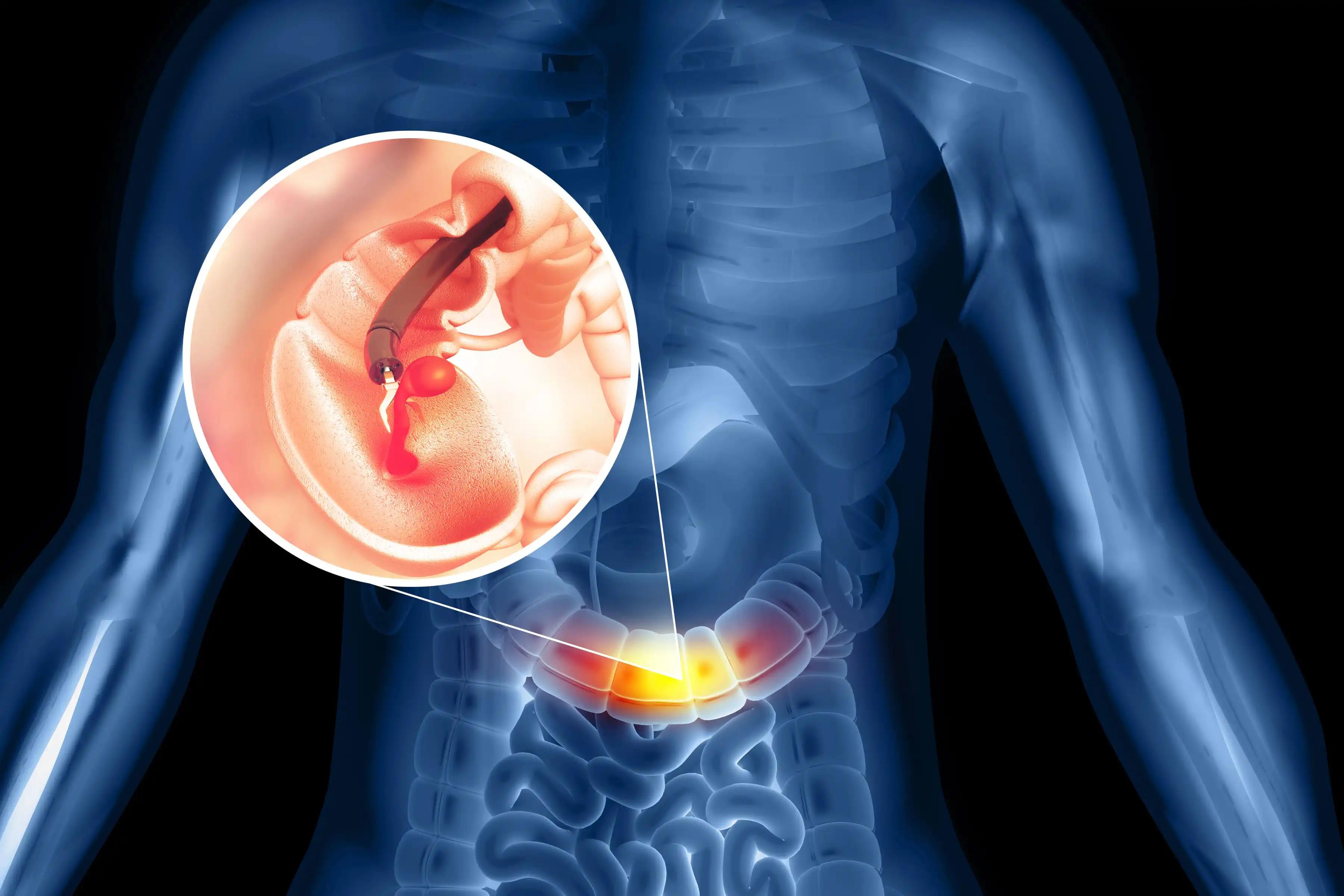KEY TAKEAWAYS
- The retrospective exploratory analysis evaluated the prevalence of TB and mutations in STK11, KEAP1, and KRAS as potential biomarkers for outcomes with pembrolizumab plus platinum-based chemotherapy in the phase 3 KEYNOTE-189 (nonsquamous) and KEYNOTE-407 (squamous) trials.
- No correlation was observed between continuous tTMB score and overall survival (OS) or progression-free survival in patients with squamous or nonsquamous histology for pembrolizumab-combination or placebo-combination.
- Patients with tTMB greater than or equal to 175 mutations/exome experienced improved outcomes for pembrolizumab-combination compared to placebo-combination in KEYNOTE-189 and KEYNOTE-407.
- Results were consistent for KEAP1, STK11, and KRAS mutation status.
- Results support pembrolizumab-combination as a viable first-line treatment option for metastatic NSCLC.
To assess the impact of tissue tumor mutational burden (tTMB) and mutations in STK11, KEAP1, and KRAS as biomarkers for patient outcomes with pembrolizumab plus platinum-based chemotherapy (pembrolizumab-combination) in nonsquamous and squamous non-small cell lung cancer (NSCLC), we conducted a retrospective exploratory analysis of the phase 3 KEYNOTE-189 (ClinicalTrials.gov, NCT02578680) and KEYNOTE-407 (ClinicalTrials.gov, NCT02775435) trials. Whole-exome sequencing was used to evaluate tTMB and mutations in the genes above in patients with available tumors and matched normal DNA. A prespecified cutpoint of 175 mutations/exome was used to assess the clinical utility of TB.
The analysis showed that no association was found between continuous tTMB score and overall survival (OS) or progression-free survival for pembrolizumab-combination (Wald test, one-sided p > 0.05) or placebo-combination (Wald test, two-sided p > 0.05) in patients with squamous or nonsquamous histology. Furthermore, the results showed that pembrolizumab-combination improved outcomes for patients with tTMB greater than or equal to 175 compared with tTMB less than 175 mutations/exome in KEYNOTE-189 (OS, hazard ratio = 0.64 [95% confidence interval (CI): 0.38‒1.07] and 0.64 [95% CI: 0.42‒0.97], respectively) and KEYNOTE-407 (OS, hazard ratio = 0.74 [95% CI: 0.50‒1.08 and 0.86 [95% CI: 0.57‒1.28], respectively) versus placebo-combination. Additionally, treatment outcomes were similar regardless of KEAP1, STK11, or KRAS mutation status. In conclusion, our findings support using pembrolizumab-combination as a first-line treatment in patients with metastatic NSCLC. They do not suggest the utility of tTMB, STK11, KEAP1, or KRAS mutation status as a biomarker for this regimen.
Source: https://www.jtocrr.org/article/S2666-3643(22)00155-2/fulltext
Clinical Trial: https://clinicaltrials.gov/ct2/show/NCT02578680
Garassino, M.C., Gadgeel, S., Novello, S., Halmos, B., Felip, E., Speranza, G., Hui, R., Garon, E.B., Horinouchi, H., Sugawara, S., Rodriguez-Abreu, D., Reck, M., Cristescu, R., Aurora-Garg, D., Loboda, A., Lunceford, J., Kobie, J., Ayers, M., Piperdi, B. and Pietanza, M.C. (2023). Associations of Tissue Tumor Mutational Burden and Mutational Status With Clinical Outcomes With Pembrolizumab Plus Chemotherapy Versus Chemotherapy For Metastatic NSCLC. JTO Clinical and Research Reports, [online] 4(1). doi:https://doi.org/10.1016/j.jtocrr.2022.100431.



